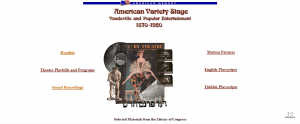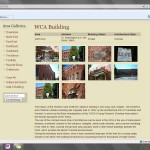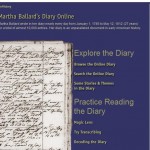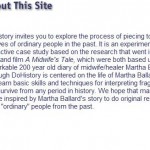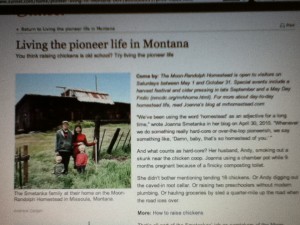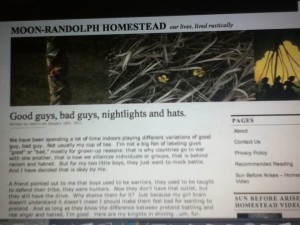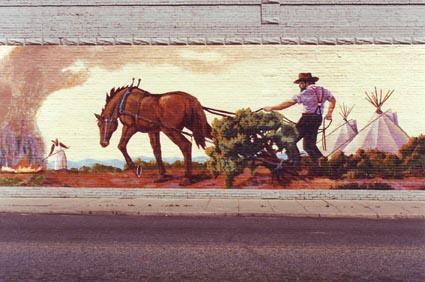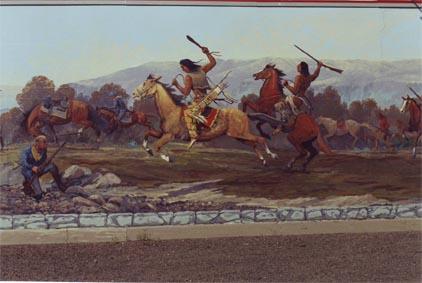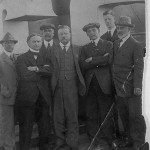
As someone who believes that the evolution of entertainment and show business mirrors the evolution of American culture and values, this project was made for me. Although I’d like to think the LoC had the foresight and desire to spend all that time for just me, I’m sure their intended audience was much broader. They wanted to make these resources available to the American public, and anyone who was interested in the subject- both scholars and the layperson alike. I think accessibility is a direct result of their learning objectives: open the door for a better understanding of the history of show business and show how entertainment during this period tried to deal with hot topics (race, gender, ethnic stereotypes). Secondarily, it puts history in the users hands (or at their mouse) and to shows what American society one did during their leisure time.

I enjoy this collection not only because of the subject matter, but because you can listen to .wav clips of some really fun old recordings. They highlight a handful of recordings from Vaudeville-era performers demonstrating comedy routines, music and poetry readings in styles that were popular at the time. For anyone who is interested in cultural history of Gilded Age to the Roaring Twenties will easily find a way to amuse themselves with this particular collection. I found this photograph of Houdini and Teddy Roosevelt together and couldn’t help but also think of the Nixon/Elvis picture taken decades later. Rock stars of their given generations! Losing yourself in rabbit holes is about the extent of the interaction of this particular site, though. There wasn’t much public feedback into the design that I could tell, but there are links to show how to use the collection, ask questions, etc., so it seems like the LoC welcomes interaction in that way.
This is a public history project that, with some scaling, could really highlight aspects of Idaho history. Digitizing collections is a time consuming process, but the end result is a product that the public can use in quite a few different ways. While it isn’t as sexy as some other public history projects out there, it is a project that’s easy to maneuver. If I was to use this as a template, I would be sure to add a little more interpretation. There are essays that, if they are read, are full of good information, but I would guess most people wouldn’t be interested in reading that much. Paragraphs that give a good explanation for those who want something short, while fostering interest and telling where to find more information if they are interested would be much more useful. What I like most about this site is that it presents history as more than a timeline or regurgitated facts. The collection can offer a new way to think about what was going on in society at a certian time and act as a completly different kind of primary source.
Sources:
“American Memory” from the Library of Congress, http://memory.loc.gov/ammem/index.html
“American Variety Stage: Vaudeville and Popular Entertainment, 1870-1920,” http://memory.loc.gov/ammem/index.html
Photograph of Theordore Roosevelt and Harry Houdini, Library of Congress, http://memory.loc.gov/cgi-bin/query/D?varstg:98:./temp/~ammem_g6xk::
Photograph of Richard Nixon and Elvis Presley, National Archives, http://www.archives.gov/publications/prologue/2004/winter/images/nixon-elvis.jpg
